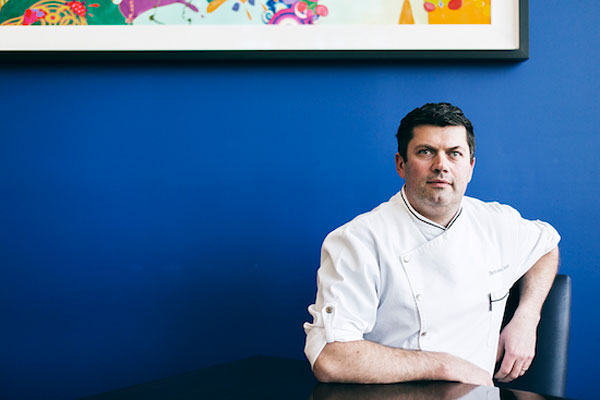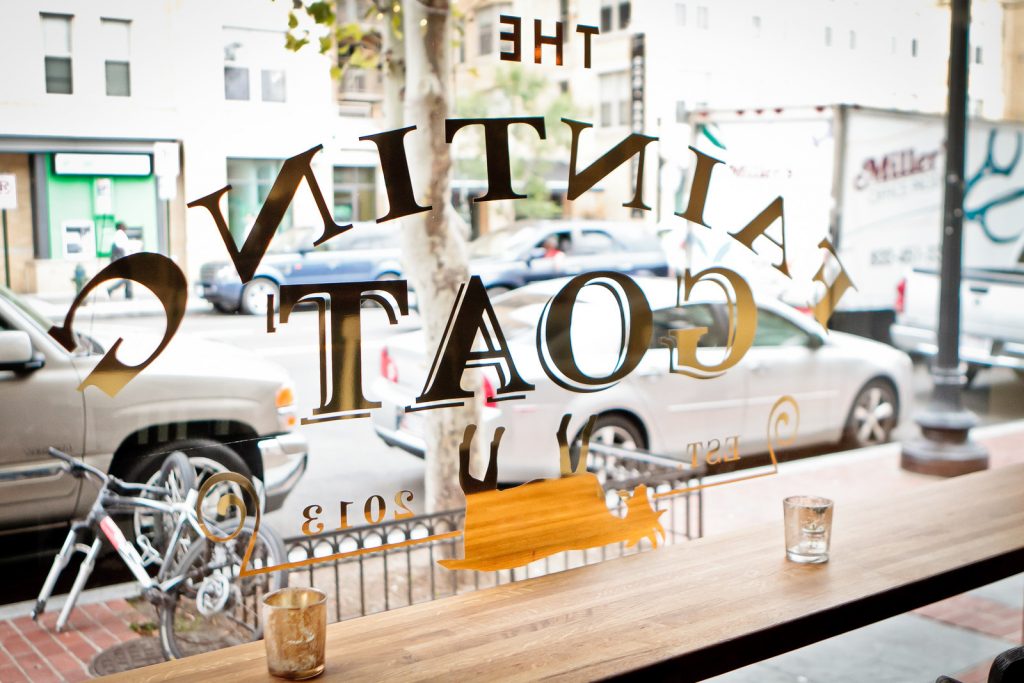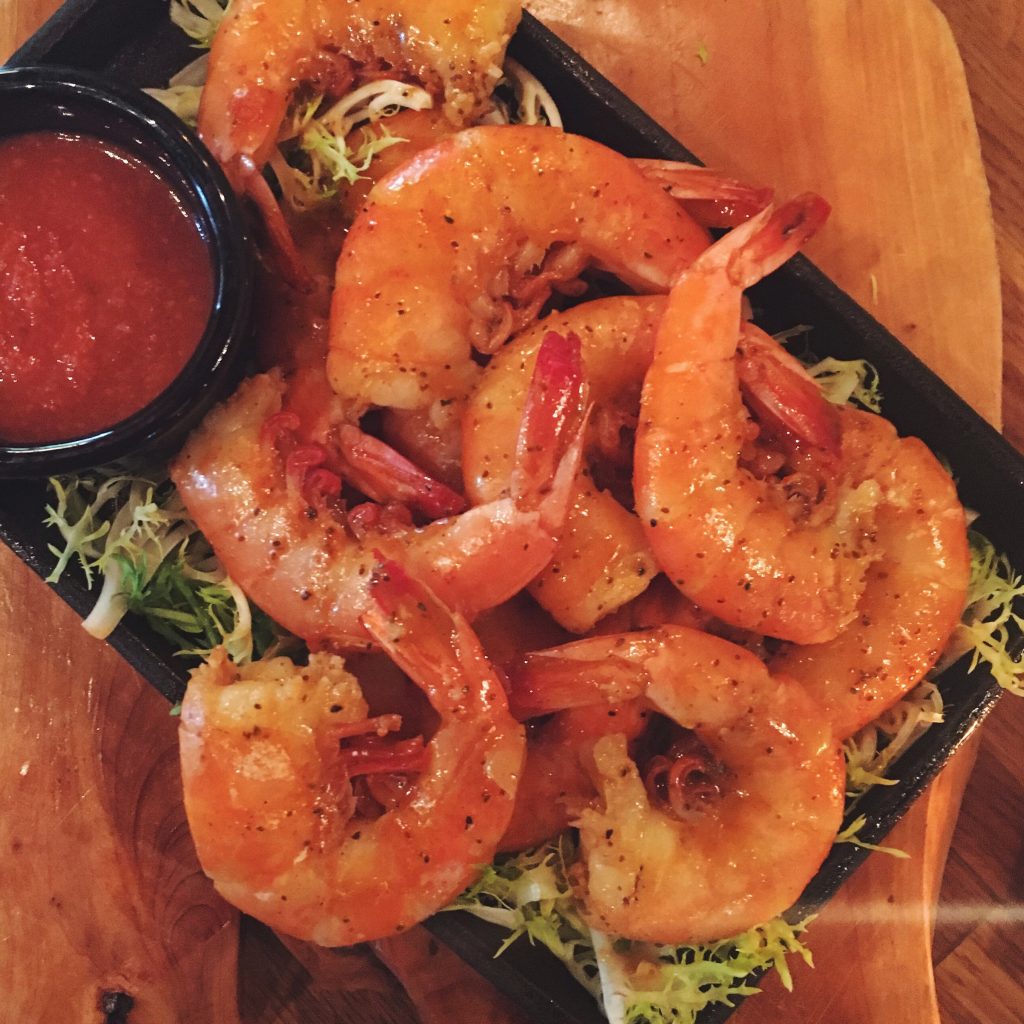Edible Afield - Clifton, Virginia
/by Alexe Lawrence, special to EdibleDC Nestled in the bustling metropolis of Fairfax County lies a small town that hasn’t changed much since the 1800’s. Clifton, Virginia has no stop lights, the VRE train runs through the middle of town, and it is less than 25 miles from the District. Close proximity combined with family owned businesses, boutiques and great food, make for the perfect excuse to drive and get lost in the history of this charming town.
[SHOP] Hydrangea of Clifton Home and Gift Boutique
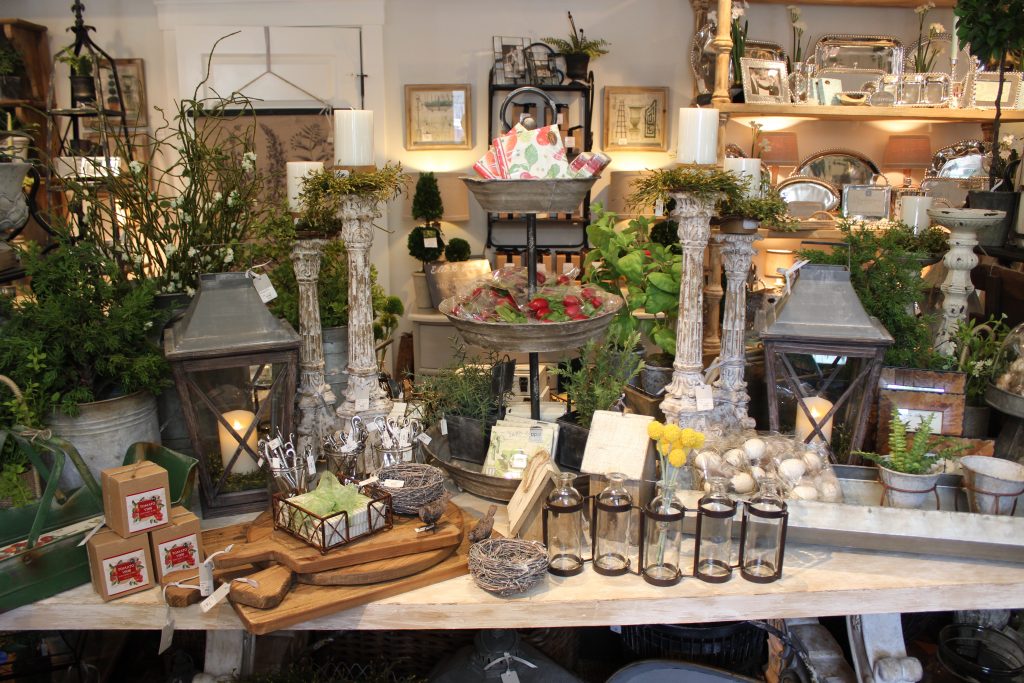
Start your day at Hydrangea, a small boutique filled to the brim with shabby chic housewares, cooking utensils, fragrant candles and southern charm. Most items are sourced from independent and environmentally conscious American companies, which means you can treat yourself or a friend guilt free!
Hydrangea is located at 12704 Chapel Road Clifton, VA 20124
[SIP] The Clifton Wine Shop
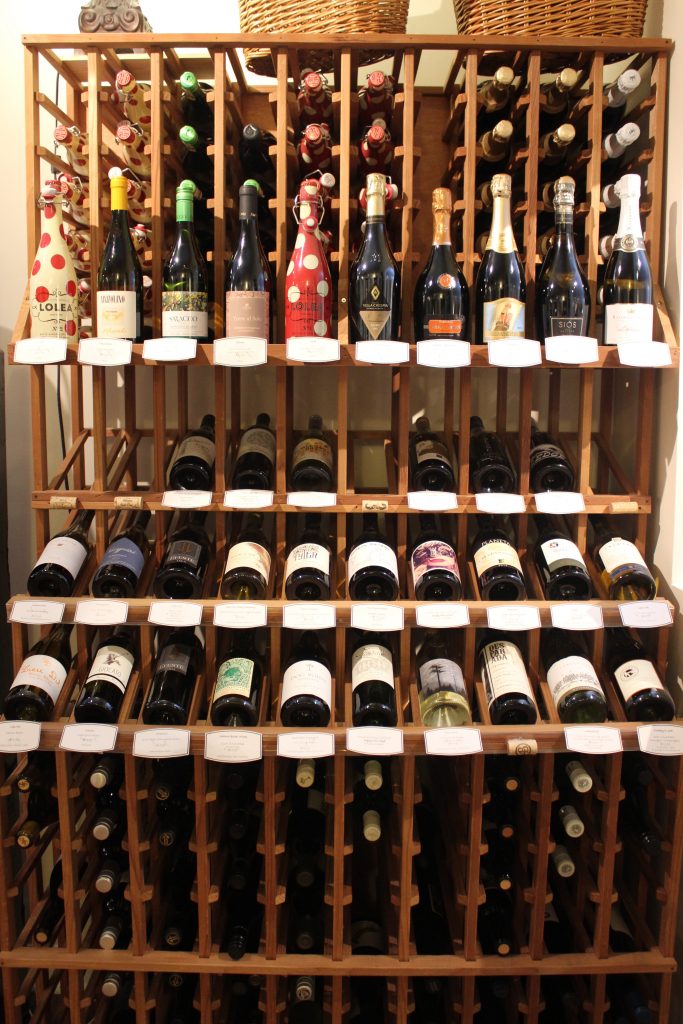
Mosey upstairs to The Clifton Wine Shop and you will likely be greeted by the friendliest owner on the block, Lucinda. She and her team provide complimentary wine tastings everyday except Tuesdays, and they sell a fabulous selection of wine, imported olive oils, foodie gifts, and local art.
The Clifton Wine Shop is located at 7145 Main St, Clifton, VA 20124
Paradise Springs Winery
Paradise Springs is the only winery in Fairfax, Virginia and it is a gem among the Clifton country side. As you pull into the parking lot you will see a log cabin that once served as their first tasting room. The main tasting room was later built to accommodate hundreds of visitors and is outfitted with high top barrel tables and plenty of seating for friends to gather.
Try their Chardonnay for a buttery and oaky treat, pull up a seat at their sprawling back patio and listen to live music every Friday and Saturday, or grab friends and tour the winery for $25.
Paradise Springs is located at 13219 Yates Ford Road, Clifton, VA 20124
[EAT] Trattoria Villagio
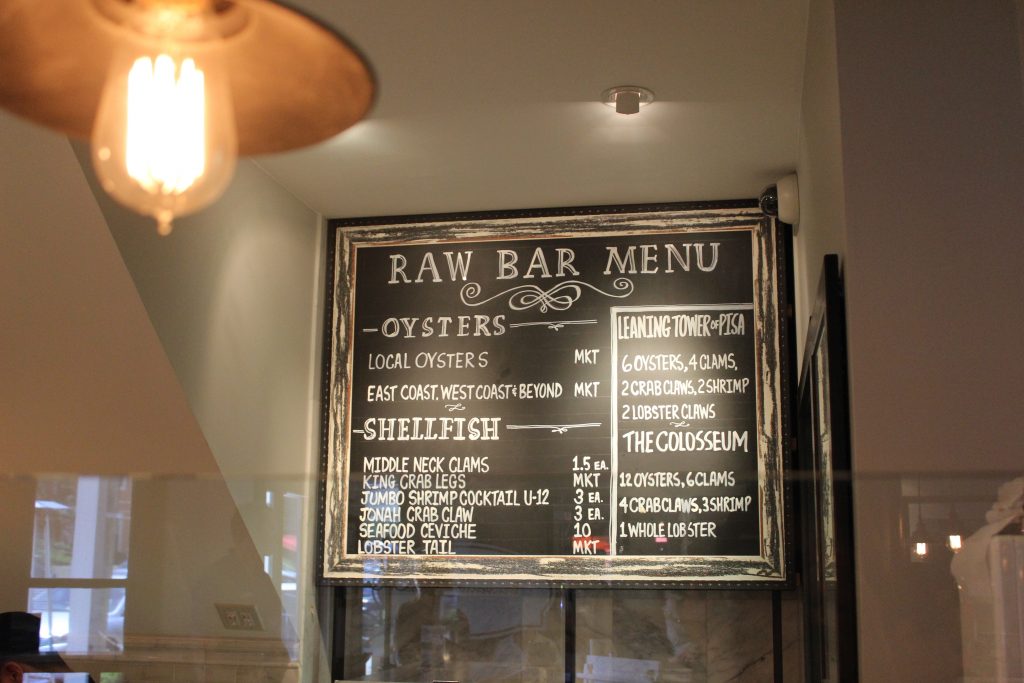
Feeling like an al fresco brunch? Trattoria Villagio’s back patio will deliver just that with their build-your-own bloody mary bar and mist spraying fans that make you feel like you’re relaxing at your favorite beach side haunt. Their beet salad with arugula and honey goat cheese is perfect for a light lunch before or after you visit Paradise Springs Winery.
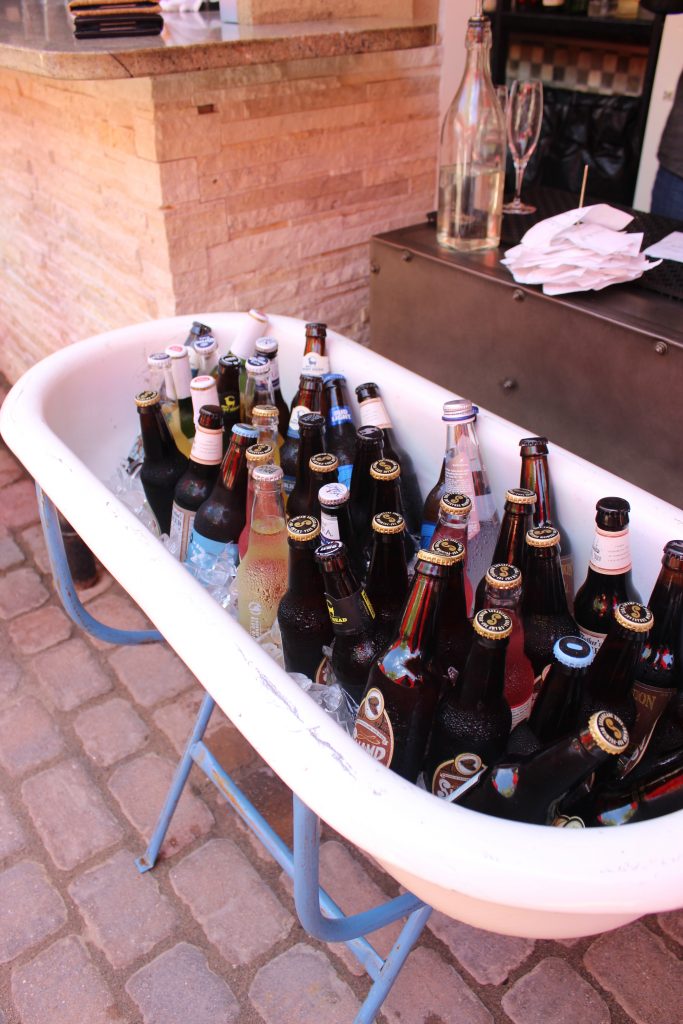
Trattoria Villagio is located at 7145 Main St. Clifton, VA 20124
[INDULGE] Peterson’s Ice Cream Depot
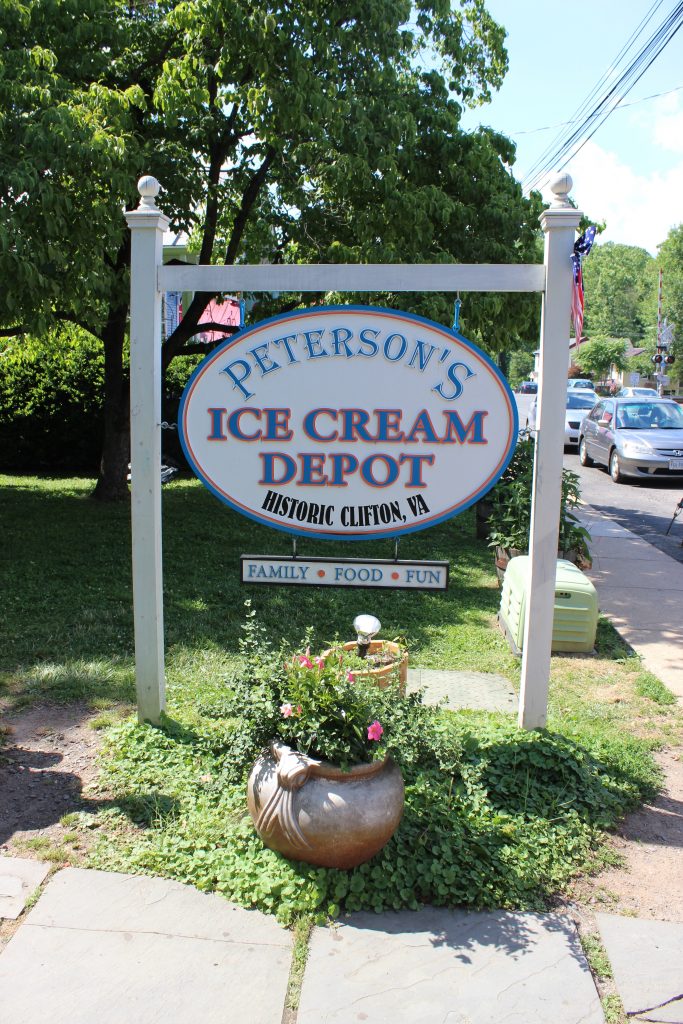
This family owned ice cream shop is tucked away off of Main Street and attracts locals and visitors alike. All of the hard ice cream is homemade and they even make their own gelato and sorbet! Try the Guinness ice cream float or The Squish ice cream cookie sandwich if you’re feeling really indulgent, or choose from 30+ flavors and go with a classic milk shake or malt.
Peterson’s Ice Cream Depot is located at 7150 Main St Clifton, VA 20124
 Alexe Lawrence is a food blogger and musician who lives in D.C. She credits her Italian culture for her love of food, her father for her love of music, and her mother for her knack for entertaining. Follow her at keystothecucina.com for recipe and music pairings and cooking tips!
Alexe Lawrence is a food blogger and musician who lives in D.C. She credits her Italian culture for her love of food, her father for her love of music, and her mother for her knack for entertaining. Follow her at keystothecucina.com for recipe and music pairings and cooking tips!

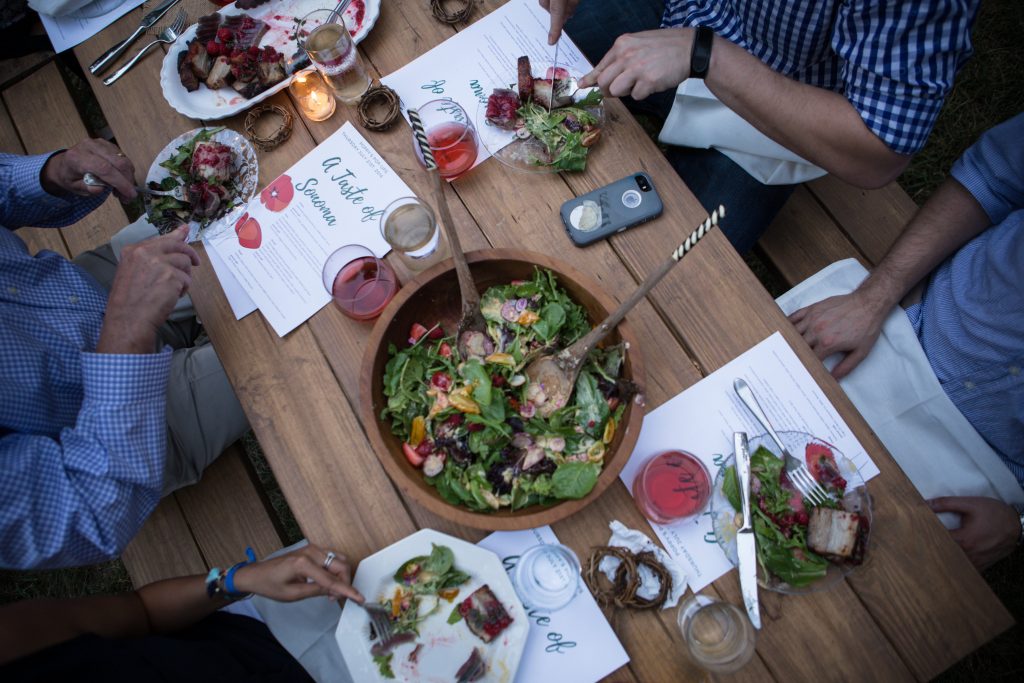
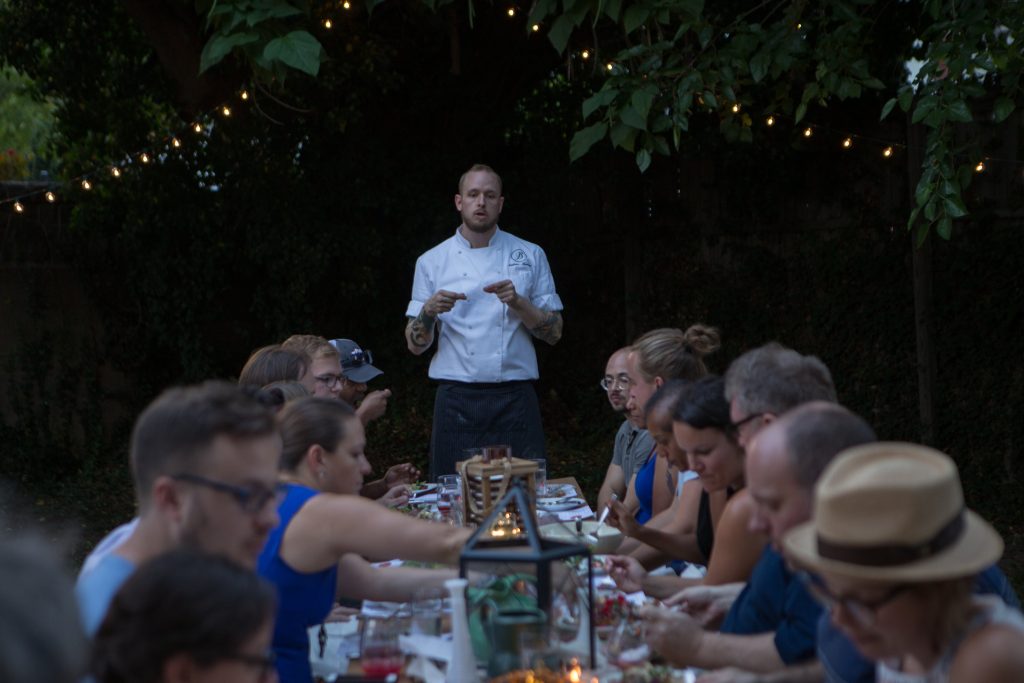
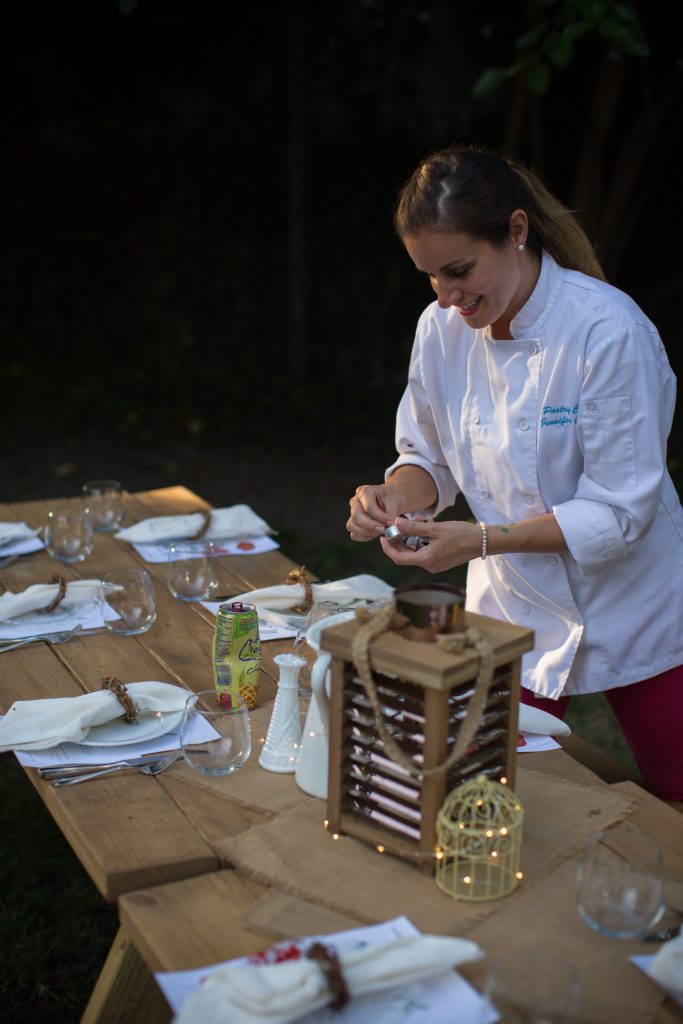
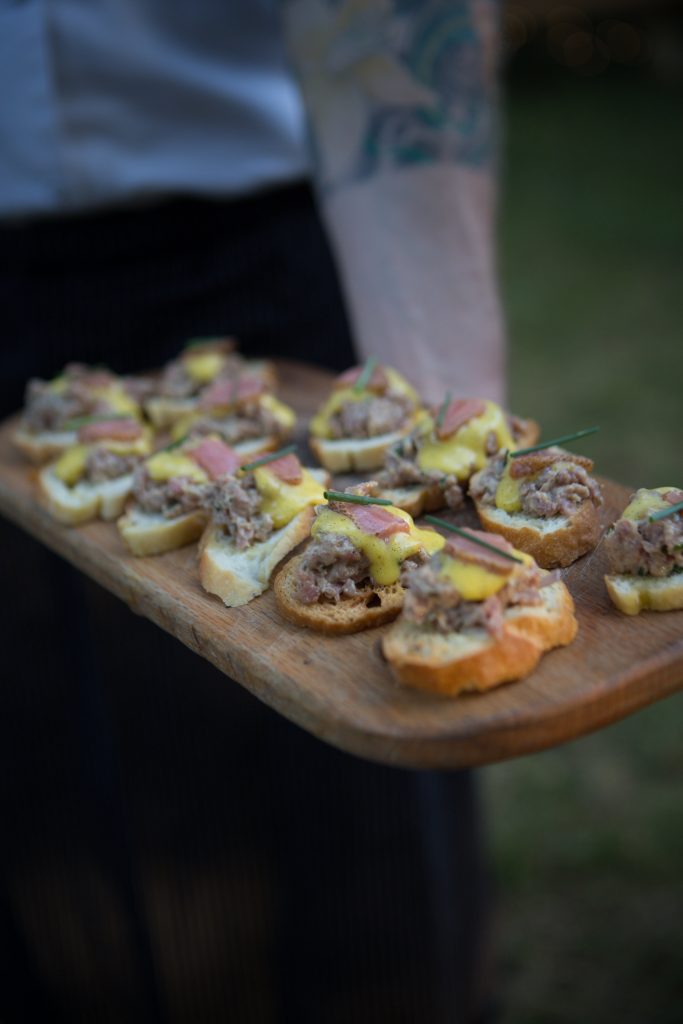

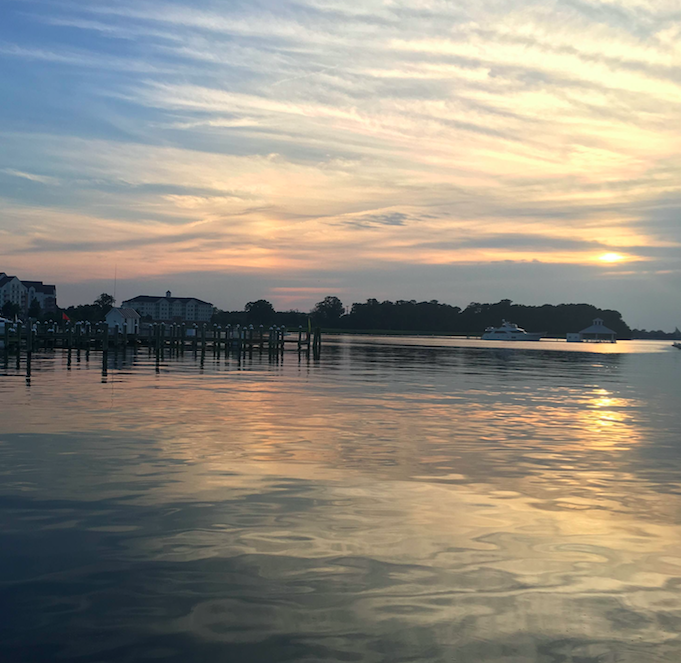
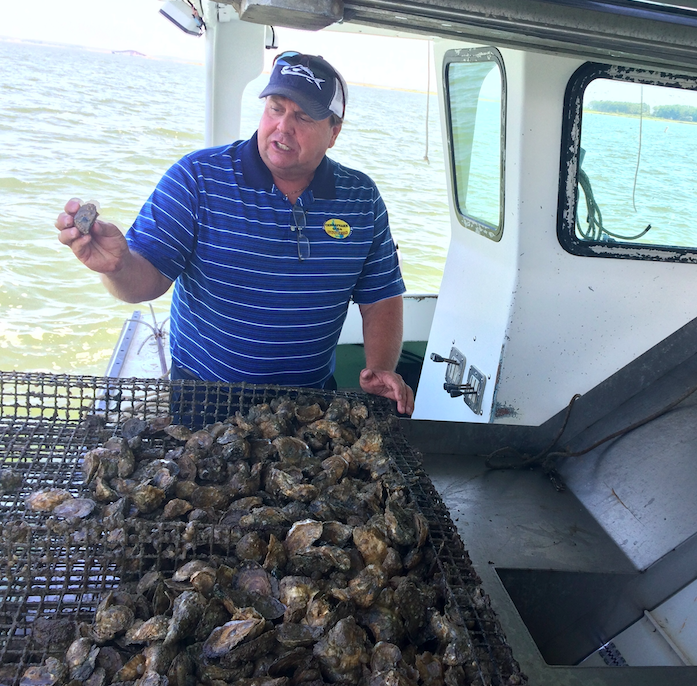
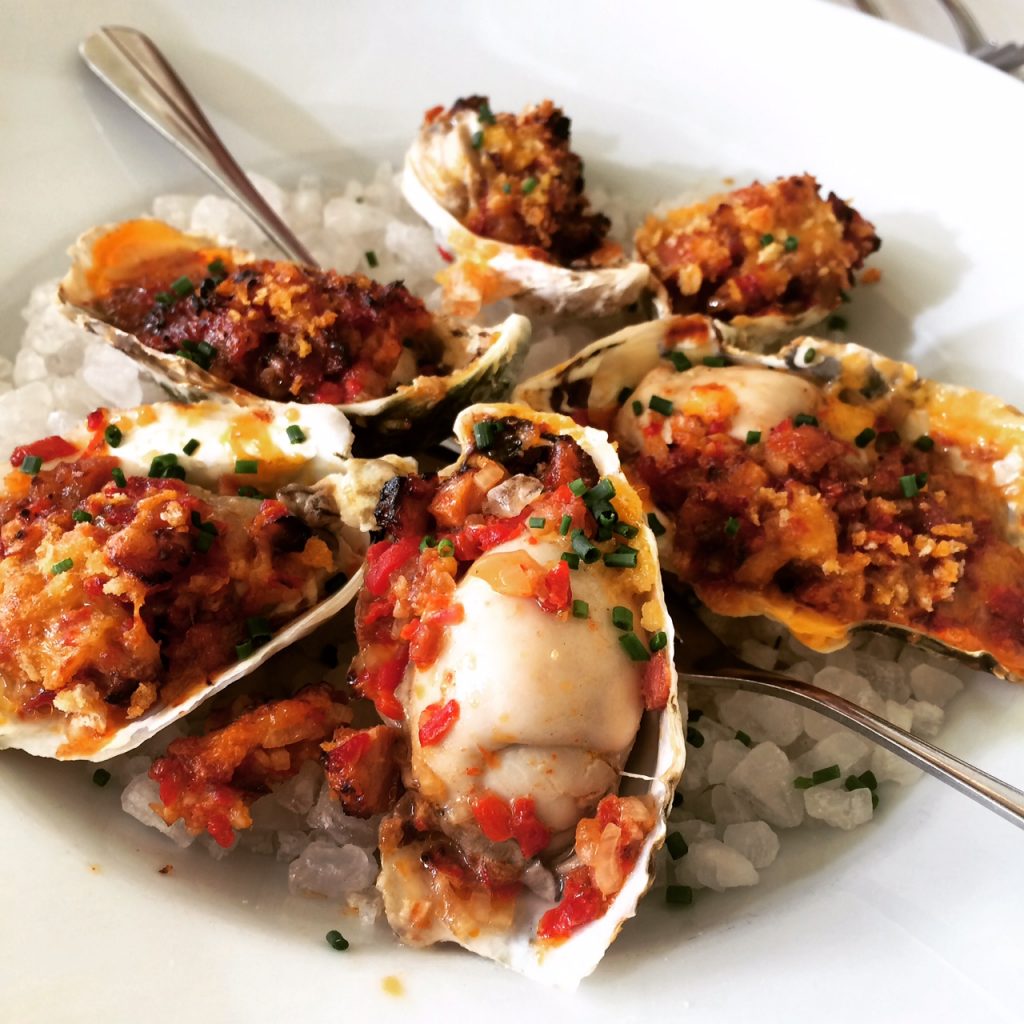
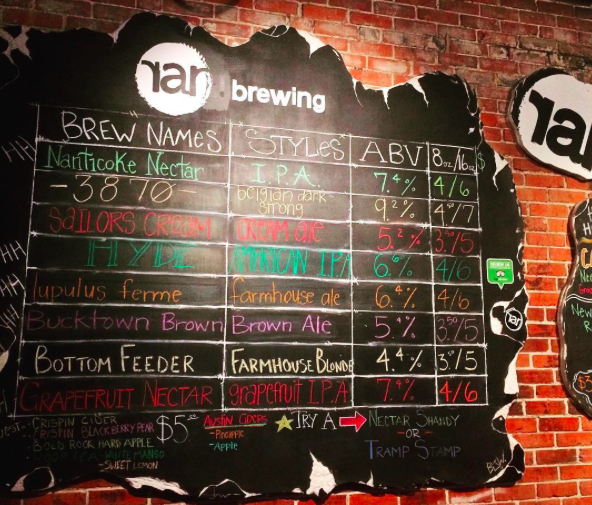

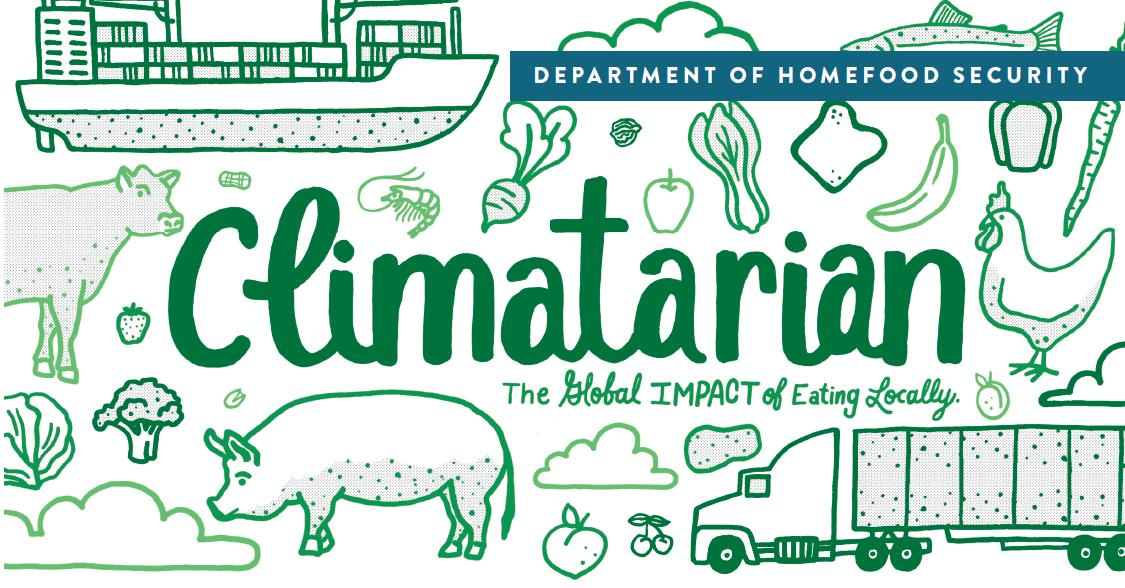
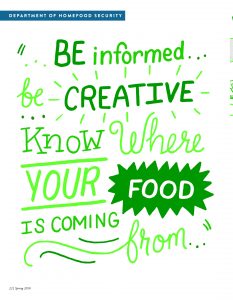
 Hawaii/Colorado native and DC transplant, Sara Axelrod is a frequenter of farmers markets, vegetable enthusiast and constantly lusts after the perfect French fry. When she is not cooking or exploring DC’s thriving restaurant scene, she works at the DC-based public affairs firm, The Glover Park Group, as a communications professional on the Energy and Sustainability team, with a focus on food policy and sustainable agriculture.
Hawaii/Colorado native and DC transplant, Sara Axelrod is a frequenter of farmers markets, vegetable enthusiast and constantly lusts after the perfect French fry. When she is not cooking or exploring DC’s thriving restaurant scene, she works at the DC-based public affairs firm, The Glover Park Group, as a communications professional on the Energy and Sustainability team, with a focus on food policy and sustainable agriculture. Gavin Roarke is a Baltimore-based graphic designer, illustrator and frequent contributor to Edible DC, including the cover of Fall 2015. You can see his portfolio at
Gavin Roarke is a Baltimore-based graphic designer, illustrator and frequent contributor to Edible DC, including the cover of Fall 2015. You can see his portfolio at 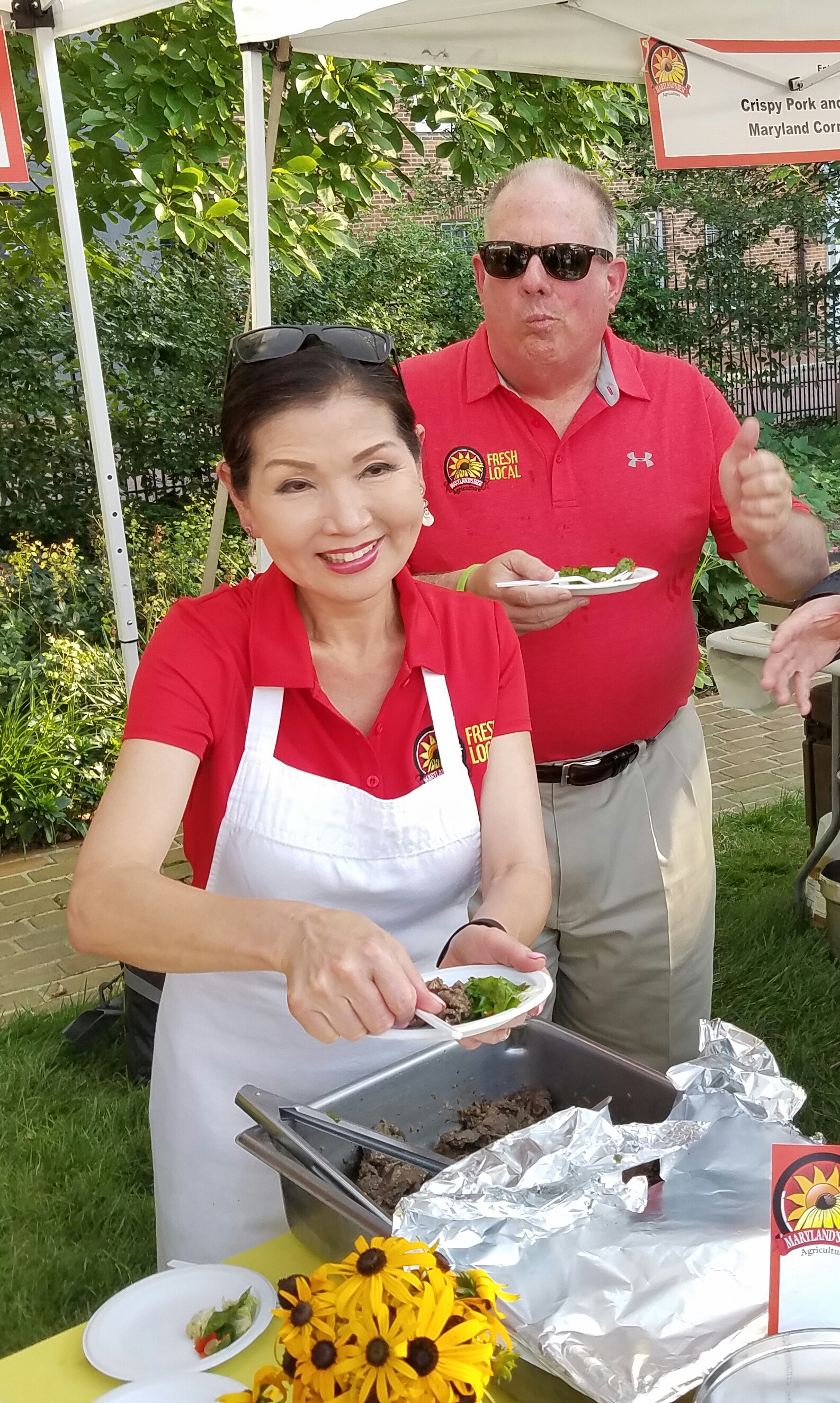
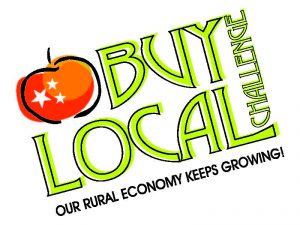
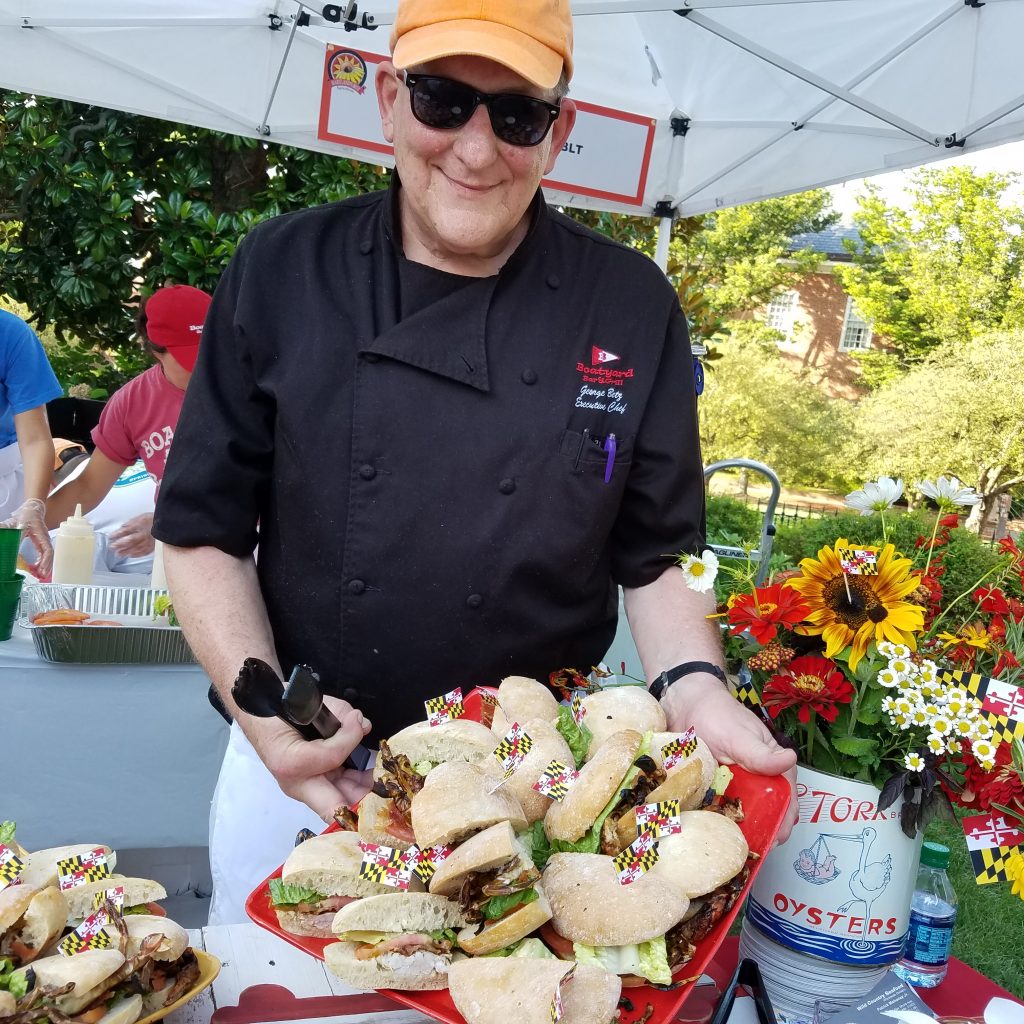
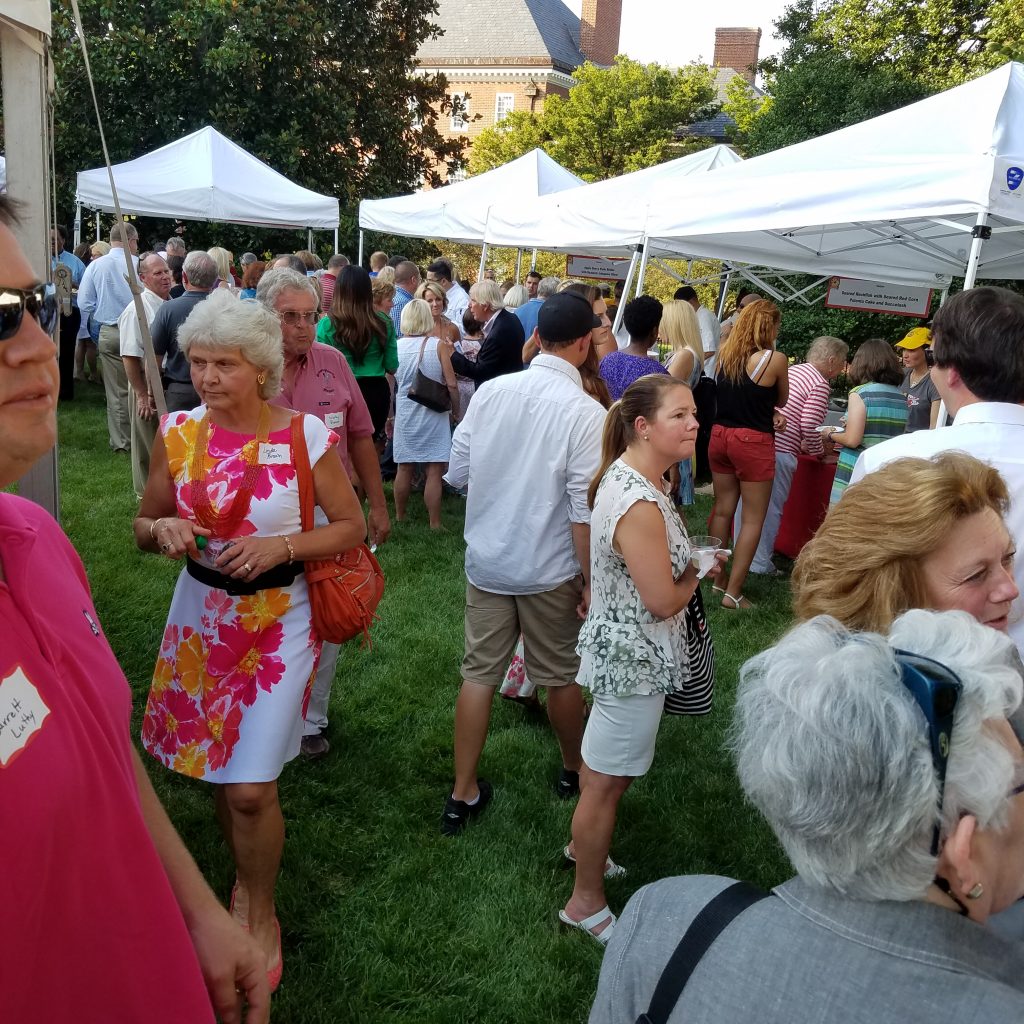
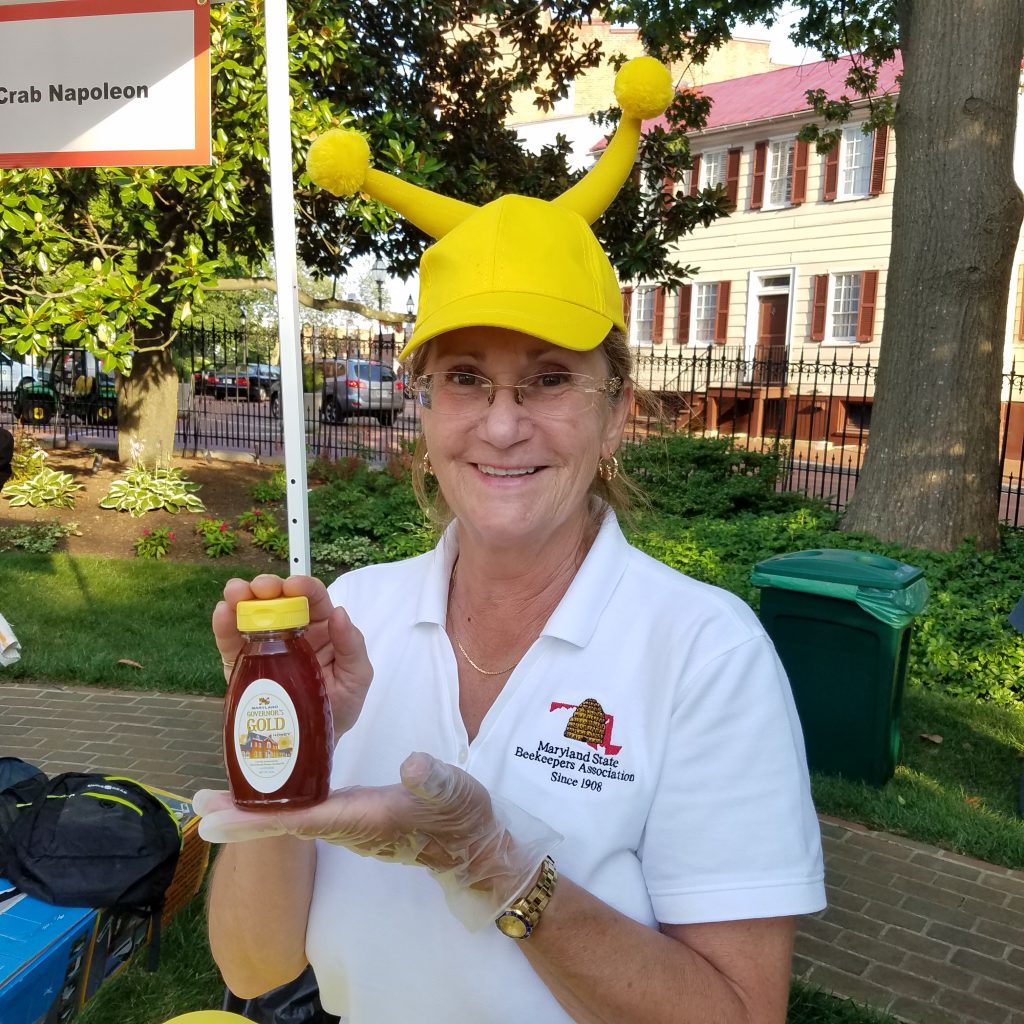
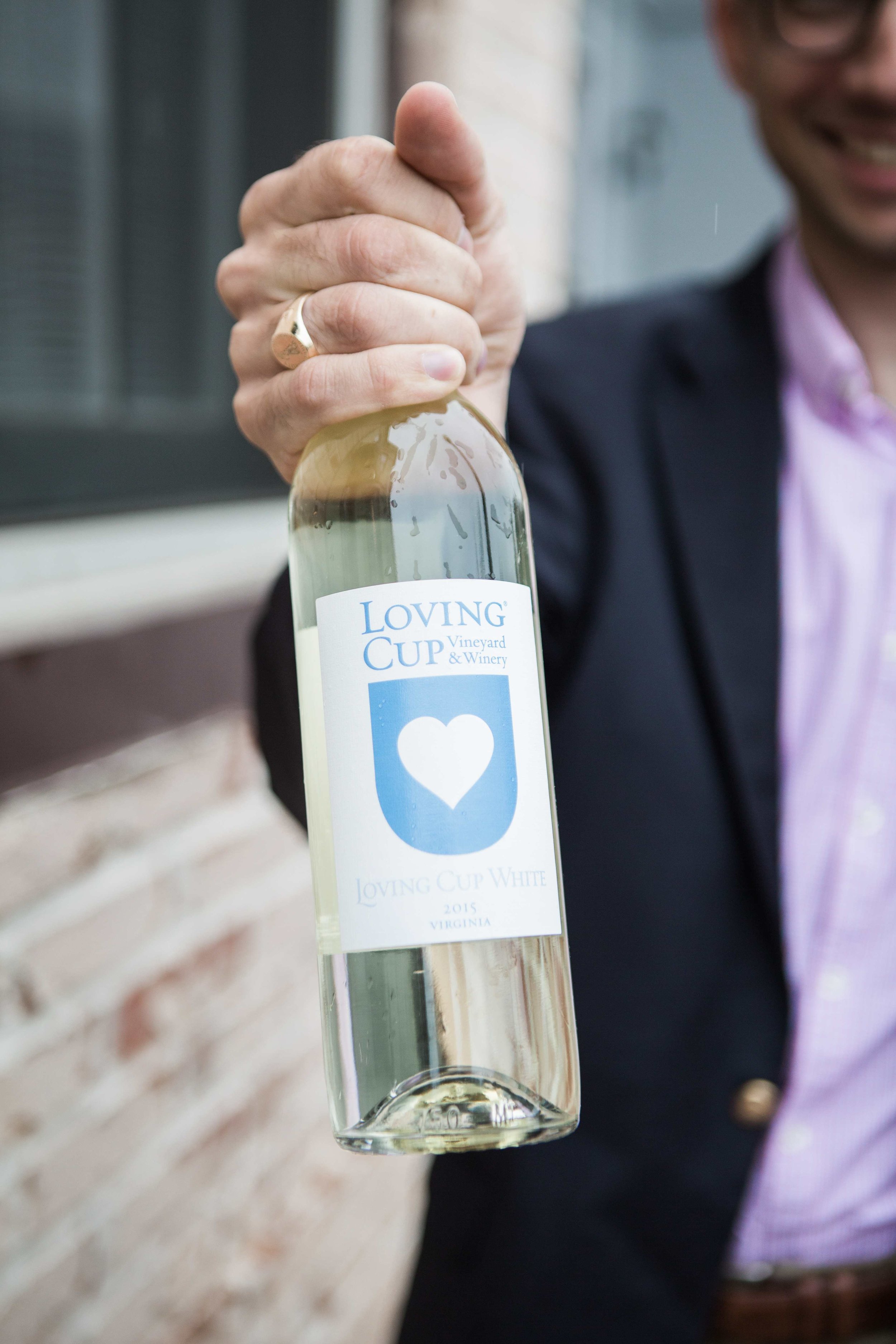

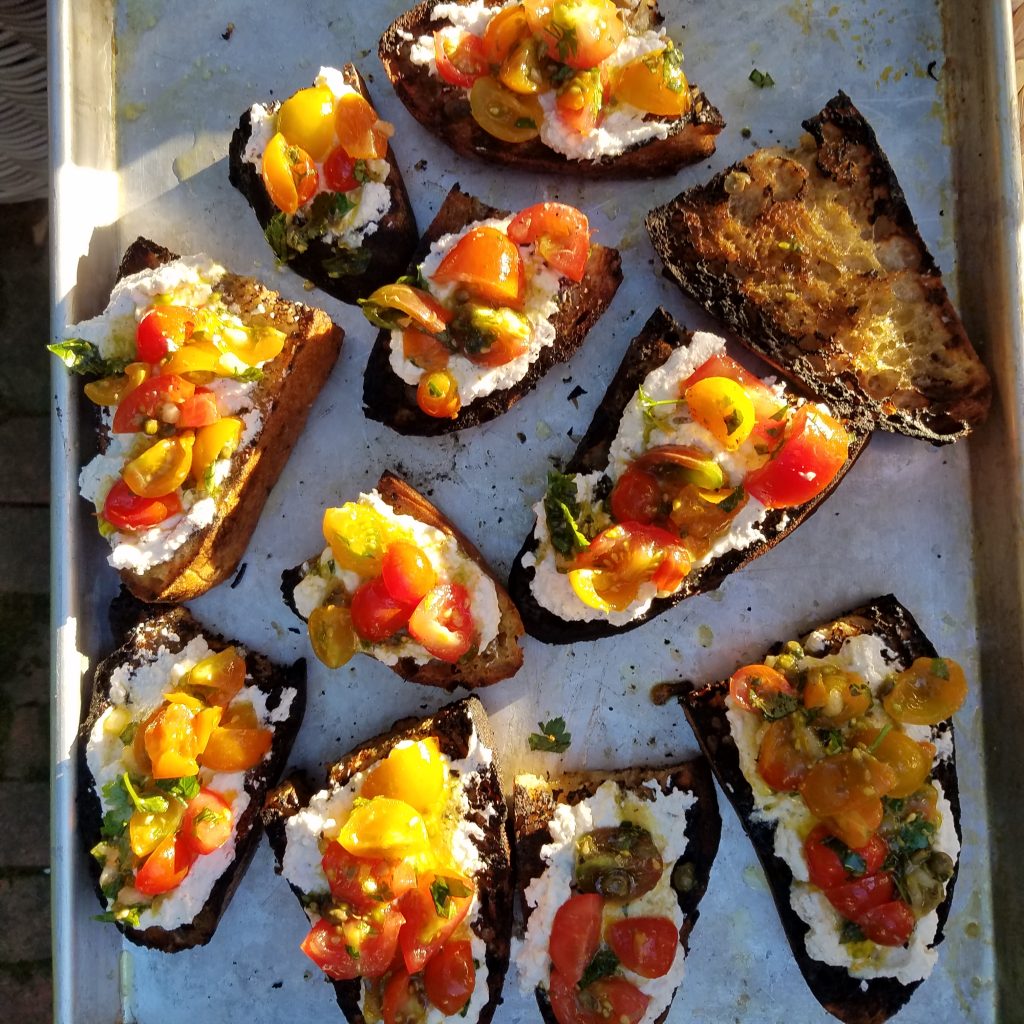 By Susan Able, Edible DC
Berries, peaches, the first of summer's sweet corn, increasingly luscious tomatoes, beans…so much comes home with me that I have to “Iron Chef” it out on the weekends and am forced to have pop-up dinner parties to consume everything that has come out of the kitchen. Galettes, summer curries, roasted things, simple cheesemaking, ice cream churning have all been happening so far, so stay tuned.
By Susan Able, Edible DC
Berries, peaches, the first of summer's sweet corn, increasingly luscious tomatoes, beans…so much comes home with me that I have to “Iron Chef” it out on the weekends and am forced to have pop-up dinner parties to consume everything that has come out of the kitchen. Galettes, summer curries, roasted things, simple cheesemaking, ice cream churning have all been happening so far, so stay tuned.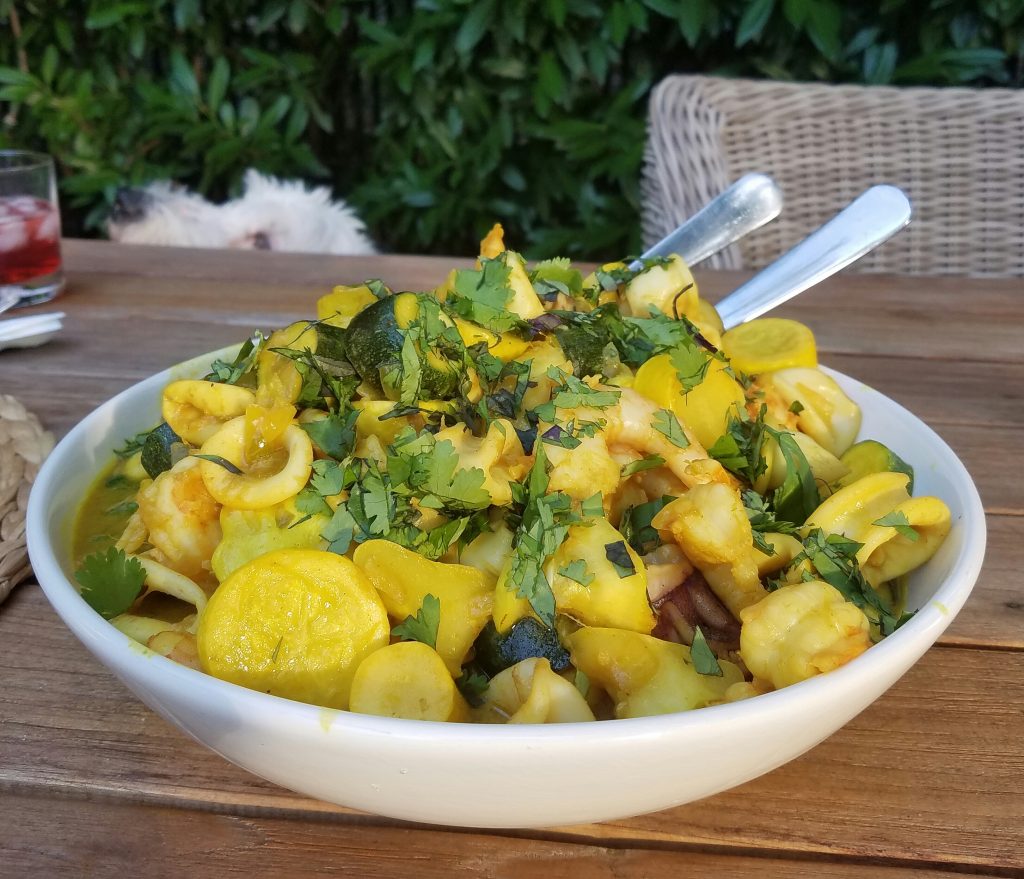 Squash is everywhere and in all formats--zucchini, globes, patty pans. I'd already gone through a few iterations of just pan cooking and roasting squash. When I saw this
Squash is everywhere and in all formats--zucchini, globes, patty pans. I'd already gone through a few iterations of just pan cooking and roasting squash. When I saw this 
